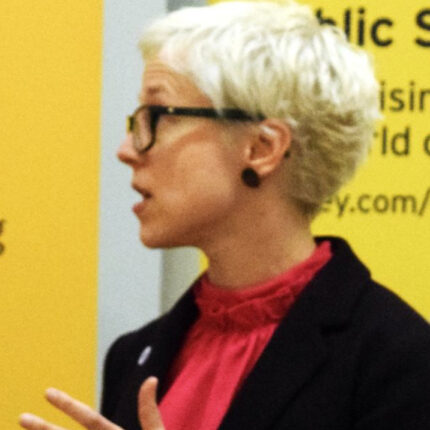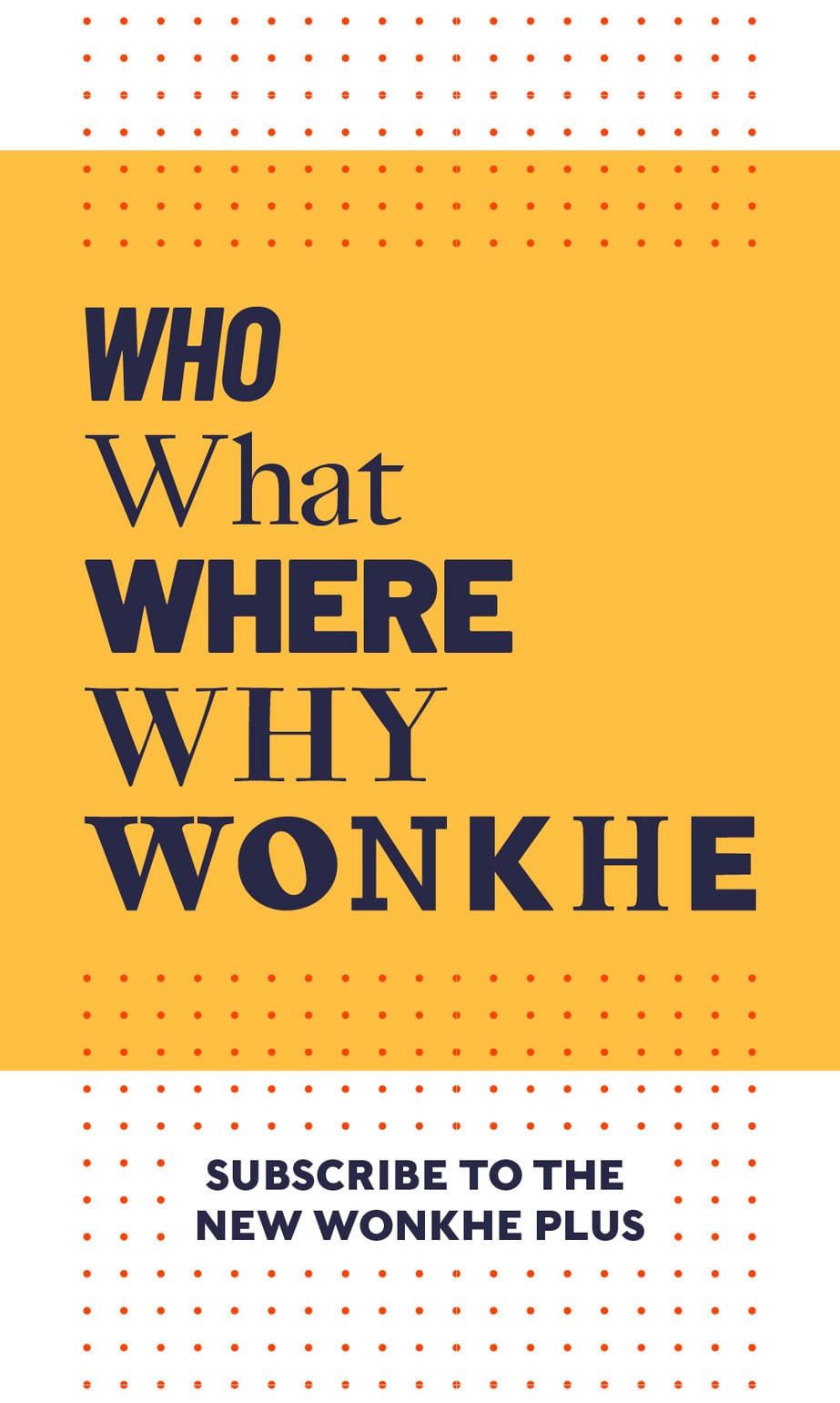In this article we reflect on the research and insight gathered through the wonk panel survey for Wonkhe 360, drawing on our experience working in strategy and transformation across the education sector.
The end of the higher education “sector”
At a sector level, higher education leaders spend disproportionate time asking the question “what is higher education for?” We don’t find hospital leaders or local government leaders asking the corollary so often. This stems partly from the complexity of the multiple policy goals that government and society set for it, the pace at which they change, and the degree to which they sometimes appear to be pulling in different directions. However, it is also partly because higher education is such a broad endeavour, performed by such a range of institutions, facing such a wide range of challenges. Some are competing on a global stage for research funding; some are almost “teaching-only” institutions; some are an intrinsic part of their local communities and economies; some are a mix of the above. The challenges and strategies are diverse too. So much so that the “higher education sector” is not a sector at all.
The implications of this is that the sector lacks a unified voice both in public and the policymaking process. For example, during the public debate about vice chancellor pay, there was no single leading person or body either speaking for the sector, or aligning the policy response. This trend, replicated on various issues, could explain the disconnection the Wonkhe 360 research identifies between people working in universities and the Department for Education and the Office for Students.
There is an opportunity for mission groups to play a bigger role in public voice and public policy. But, given the continued diversification of the sector, it may be that current mission groupings are not a particularly good guide to the challenges institutions face.
All this points towards the unit of agency being the individual institution. Instead of asking “what is higher education for?”, institutions will be asking “what is my institution for?”.
Autonomous institutions
The Wonkhe 360 research demonstrates just how much change there is in higher education, and just how much uncertainty there is. In this context, what matters is how ready and able institutions are to navigate this change. After all, the research is clear that nobody believes that a “steady as she goes” or “business as usual” strategy will lead to success in these uncertain times. So how ready and able are institutional leaders to set a strategy and execute it?
We identify four challenges which we see across at least parts of the sector with higher education providers’ ability to do so. In summary, universities and colleges have developed in a world – and therefore for a world – in which there was relative certainty, increasing funding, increasing student numbers, and general public and political support. But they now find themselves in a world where these factors simply cannot be taken for granted. Therefore, their strategies, governance, leadership models and cultures have developed in a way that are not necessarily best suited to navigating change in the current world.
a) Strategy
Most respondents feel like they are subject to forces shaping the sector rather than mastering them with strategies that give them room to manoeuvre. There is little confidence that strategies are sufficiently creative or distinctive to drive investment decisions, attract disproportionate numbers of students and give the institution enough financial headroom to handle Brexit, pensions, Augar or other external factors. This is inextricably tied to the challenge of leadership.
b) Leadership
Examples of positive leadership in the research cite “ambitious leadership” and “willingness to take risks,” and examples of poor leadership are the opposite. Many higher education leaders worked their way through the ranks in a more benign climate, and therefore have learned how to lead in a different world. The challenges today require – for a large number of institutions but not all – a bolder sense of direction a clearer sense of what the institution will and will not do. This does not imply a “heroic leadership” model, but it does mean helping the institution to form a collective view of the new world that is better informed by commercial reality.
This is particularly challenging because it is new to the sector. Very few vice chancellors have non-academic backgrounds in which sharing commercial performance and using this to drive change is normal. As institutions prepare for changes, leaders need to show empathy and identify with their staff and students, to show that the changes are not needlessly or simply commercially driven. Hence the “male, pale and stale” charge is a warning sign. In the coming years, all universities will be developing their leadership strategies, to build diverse, inclusive and high-performing leadership teams.
c) Governance
Any leader leading change in any sector needs to have the support and power of the non-executive board behind him or her, and that board needs the ability to enact bold strategies. Many of the responses to the research indicate that wonks feel that governance is not fit for purpose. Many governance arrangements were designed for a different age. Many have old-fashioned and cumbersome processes and rules. Many are large and unwieldy, with staff and student representatives. Many executives (and non-executives) are trumped in governance terms by academic governance or Senates, which have large memberships. Some chairs complain that their unremunerated non-executive directors do not have the time or experience to make the decisions they need, and shy away from taking the tough decisions. These factors combined – each of which have some benefits – make for slow, bureaucratic decision making. This makes change and accountability harder, not easier. In the coming years, it is likely that many institutions will want to review their governance arrangements to make sure they are enablers of change.
d) Change culture
Changing as an individual is hard. Just ask anyone who has tried to give up smoking. But changing an institution is harder, because it requires lots of people to change at the same time. The universities that are able to change have the attributes listed above: a clear strategy, strong governance, and visionary leadership. The final ingredient is a culture of change: staff who are willing and able to be open to new ideas, do things differently and support their colleagues and students through change. The research has worrying findings in this regard, with a sense of staff being overwhelmed, lacking time, energy and headspace for change. This will make leaders’ jobs harder when they want to enact the bold strategies the wonks are calling for. Those who succeed will be thinking about how to support their staff through this change.




